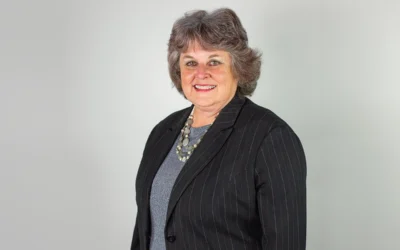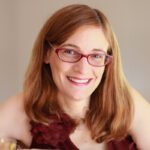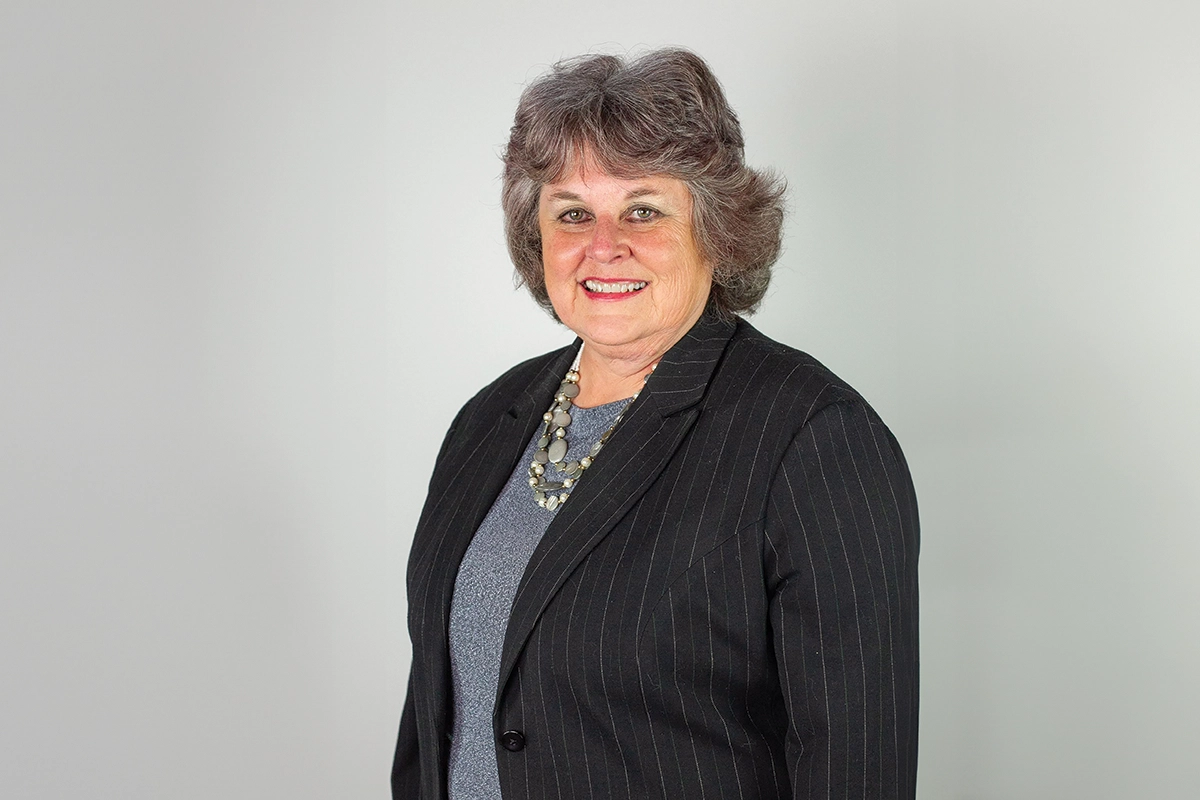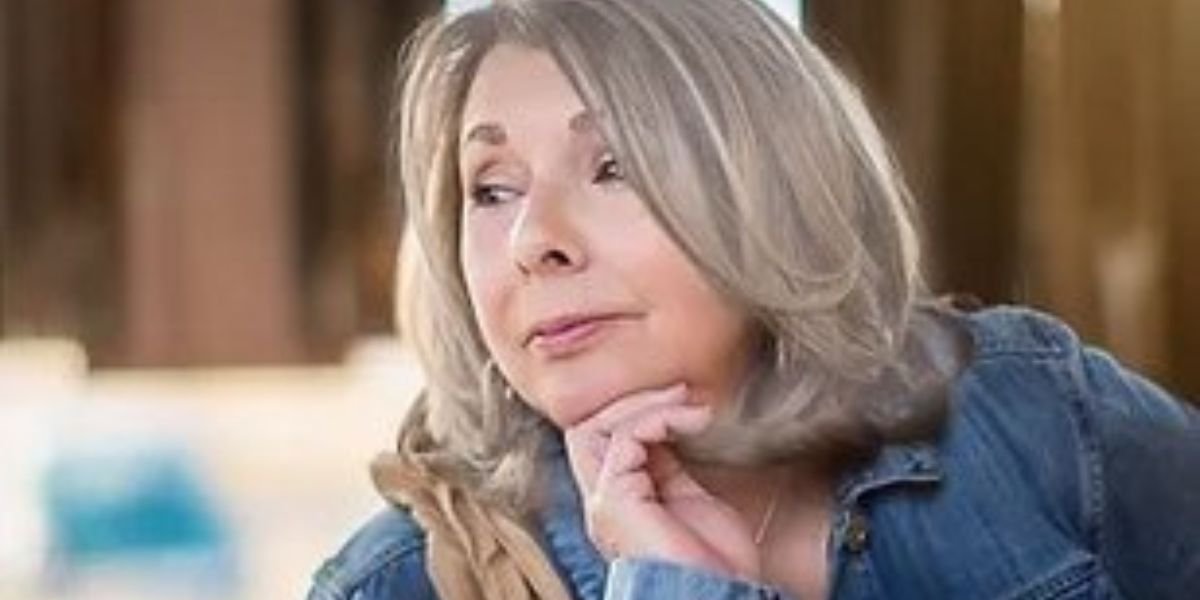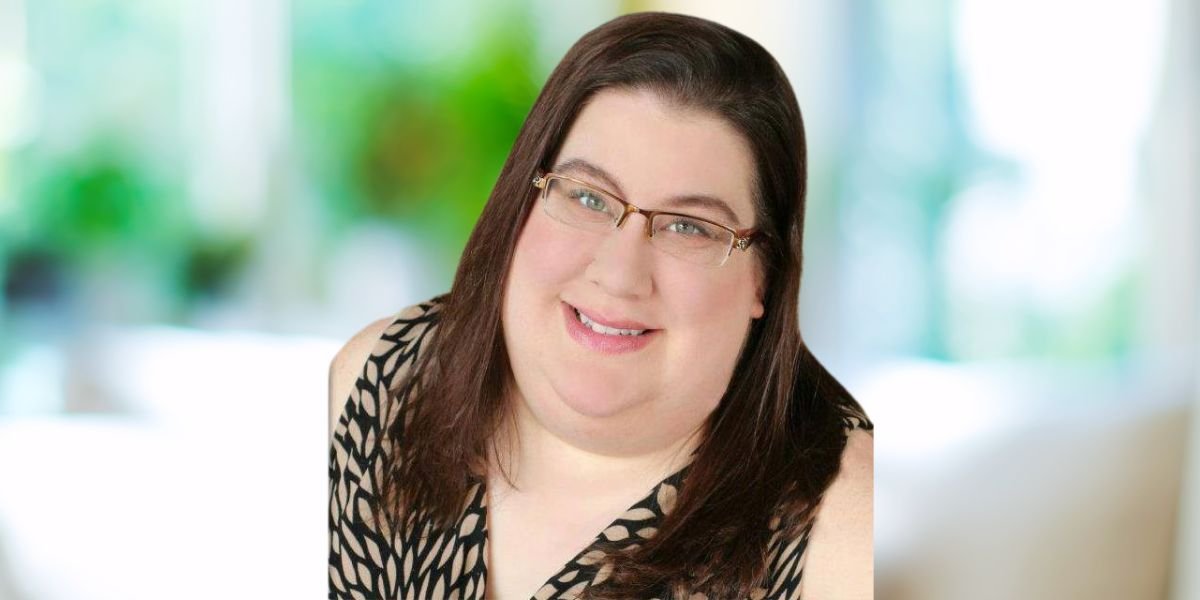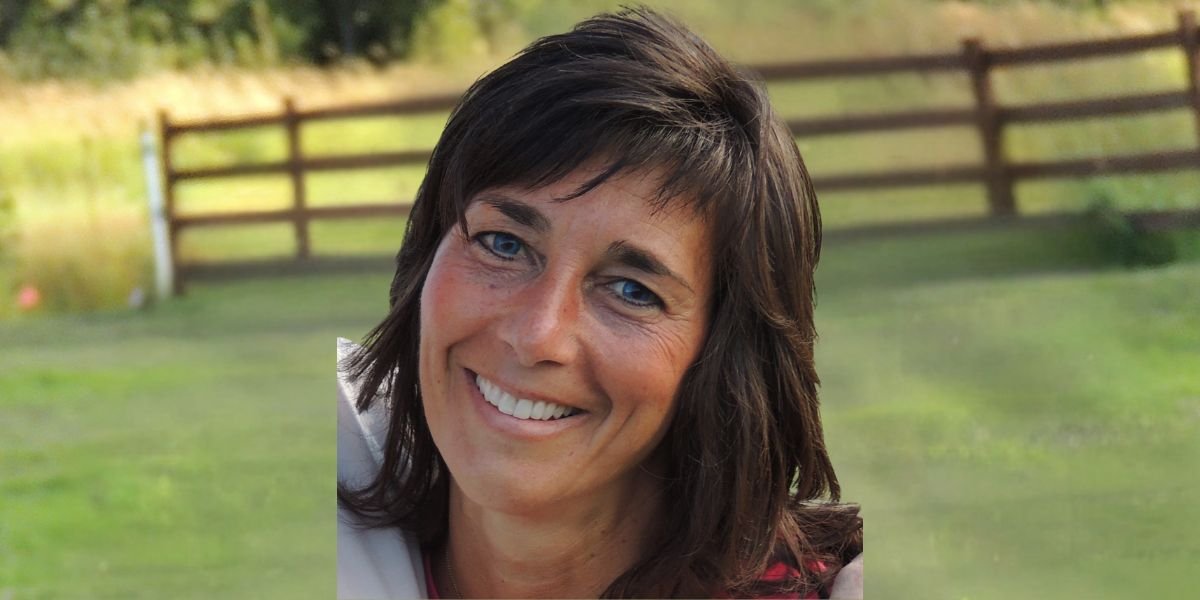Rediscovering the Landscape – Sarah Jones’ Journey from Nursing to Art
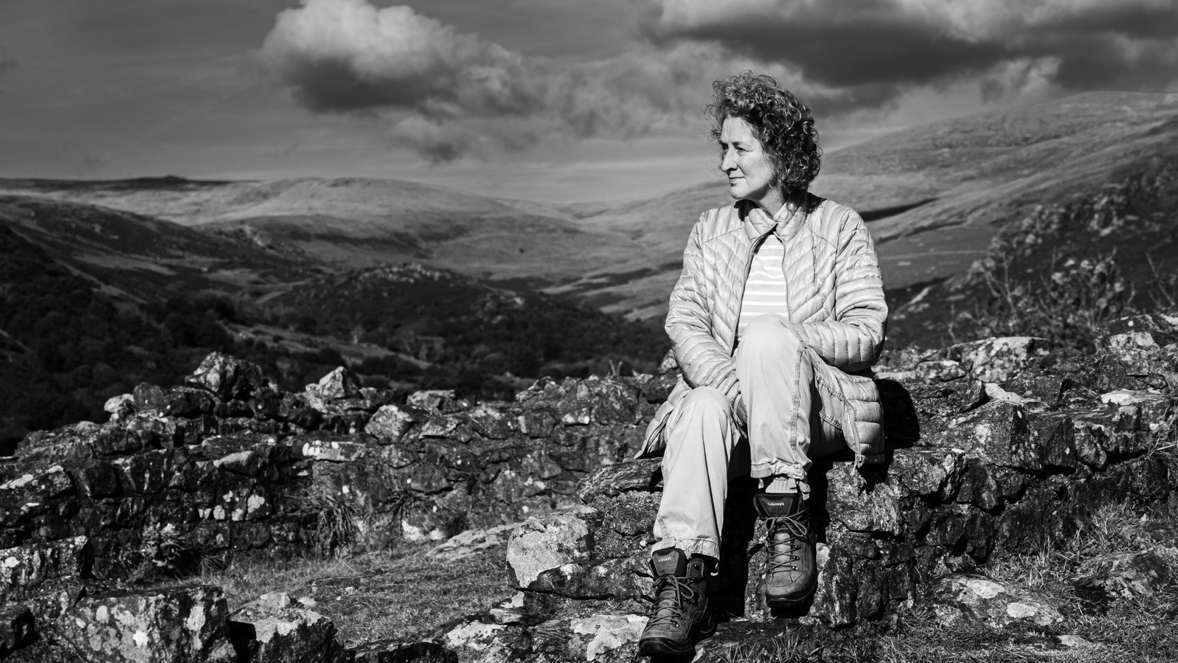
A self-taught artist explores the Welsh countryside through layered textures and intuitive mark-making
Sarah Jones reflects on her creative process, how rural Wales inspires her layered landscape paintings, and the liberating transition from a long nursing career to full-time artist.
Sarah Jones is an artist whose journey has been as inspiring as the landscapes she paints. After nearly four decades dedicated to a nursing career within the NHS, Sarah rediscovered her creative voice with a newfound intensity that has since resonated with audiences across Wales and beyond. Her mixed media works on wooden panels, crafted through an intuitive process of layering textures and colors, capture the beauty of the Welsh landscape in a way that is both grounded in reality and deeply evocative of personal emotion. She offers a rare fusion of abstraction and realism, inviting viewers to explore the emotional resonance that lingers beneath her depictions of nature.
Jones’ dedication to her craft has earned her recognition in the art community, including a “Highly Commended” accolade from the Museum of Modern Art (MOMA) in Machynlleth. Her works have been featured in various galleries throughout Ceredigion and Pembrokeshire, consistently capturing the shifting moods and seasons of rural Wales. A self-taught artist who found her calling later in life, Sarah’s deep connection with the landscape infuses her work with a contemplative energy that is impossible to ignore.
Sarah Jones captures the Welsh landscape with both realism and emotion, offering a deeply personal and layered artistic experience.
In this interview, Sarah shares how her life in rural Wales has shaped her artistic practice, how her background in healthcare informs her creative process, and the ways in which she communicates the emotional essence of the natural world through her art.
How has your experience living in rural mid Wales influenced the themes and emotions you explore in your mixed media artwork?
I’ve always been drawn to the countryside, spending much of my childhood living in Northamptonshire on a narrow boat on the canals before moving to city life as a student. My early years in the countryside taught me to appreciate the detail and minutiae of the natural world which has carried me through to my work now as an artist. Moving to rural Wales over 20 years ago allowed me to reconnect with nature and enjoy those beautiful open spaces in our landscape, making me feel connected to a place for the first time in my life. Wales has so many quiet places and these are perfect for me to immerse myself in that feeling of being rooted, without the intrusion of the busy modern world we live in.
Could you describe how the changing seasons impact the shapes, textures, and patterns you emphasize in your landscape paintings?
The details within the landscape have always fascinated me, from the skeletal forms of naked trees in the winter to the vibrant acid greens of new leaves in the spring. The seasons bring new pleasures, patterns and textures and I represent these in a semi-abstract way in my paintings. It’s so easy to get lost in the detail when looking at the landscape, that I find it better to simplify it with blocks of colour and mark making in my work.
How does the intuitive process you follow in your studio—starting with initial layers of paint—help you connect with the essence of the landscape?
When I’m painting on wooden panels, the painting is built up in layers of patterns, textures and colour. Some of these marks will be as a direct result of the sketches I’ve made in the landscape, but others will be a reflection of my feelings at that moment. Some of these layers may have thoughts and feelings written down, or otherwise lyrics from songs that I’m listening to when painting. I’m the only one who knows they’re there, but some words may peep through in the finished painting which add to the overall landscape.
What role does your sketchbook play in translating your emotional response to a landscape into your final painting?
Over the years, I have moved away from creating a sketchbook of an accurate record of a place. Now, a sketchbook is used as my aide memoir for how somewhere made me feel. I’ll make loose sketches and rough marks to capture the essence of somewhere as seen through my eyes, plus notes and words that resonate with me at the time. This might be the haunting cry of the seal pups on a beach below the cliffs, the happy sounds of skylarks far above me, or the feel of the cold wind on my face. All of these sights, sounds and feelings help me create these sketches. I usually take a photo with my phone of somewhere I’ve sketched just to use for a reminder of a place, but I work mainly from my sketchbook when creating the finished painting.
How has your transition from a career in healthcare to full-time art practice affected your creative process or perspective as an artist?
I had a fulfilling and enjoyable career for nearly 40 years in healthcare, but for anyone who works in this field, they will understand how consuming it can be both physically and mentally. I hadn’t realised until I retired just how much creative space had been blocked by my career as there is no spare emotional capacity for creativity when working in that environment. Now I’m able to spend time in my studio most days and have the headspace to be able to play with art materials and have fun. Having spent most of my life working to help and please others, its very liberating to just be able to paint for myself and not worry if someone doesn’t like it.
What do you hope viewers experience when they see the intuitive layers and textures that emerge in your paintings?
I would describe my work as both loosely realistic and semi-abstract. That means when you look at my paintings, you instantly know what you’re looking at, but on a second look you’ll see some of the feeling and connection I’ve had with the landscape. I want the viewer to take that second look as that’s when they will see what I’m trying to convey. When viewers take that second look and see some of those things, that makes me truly happy!

